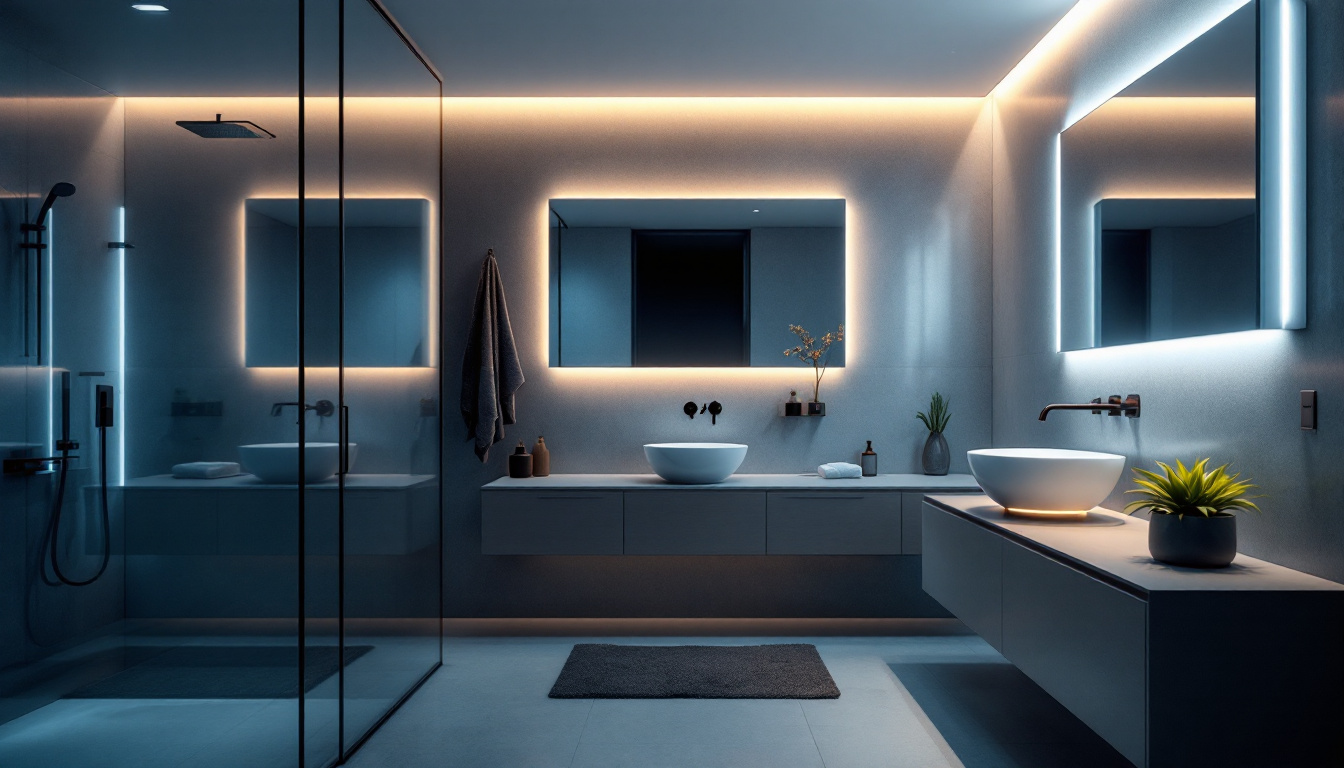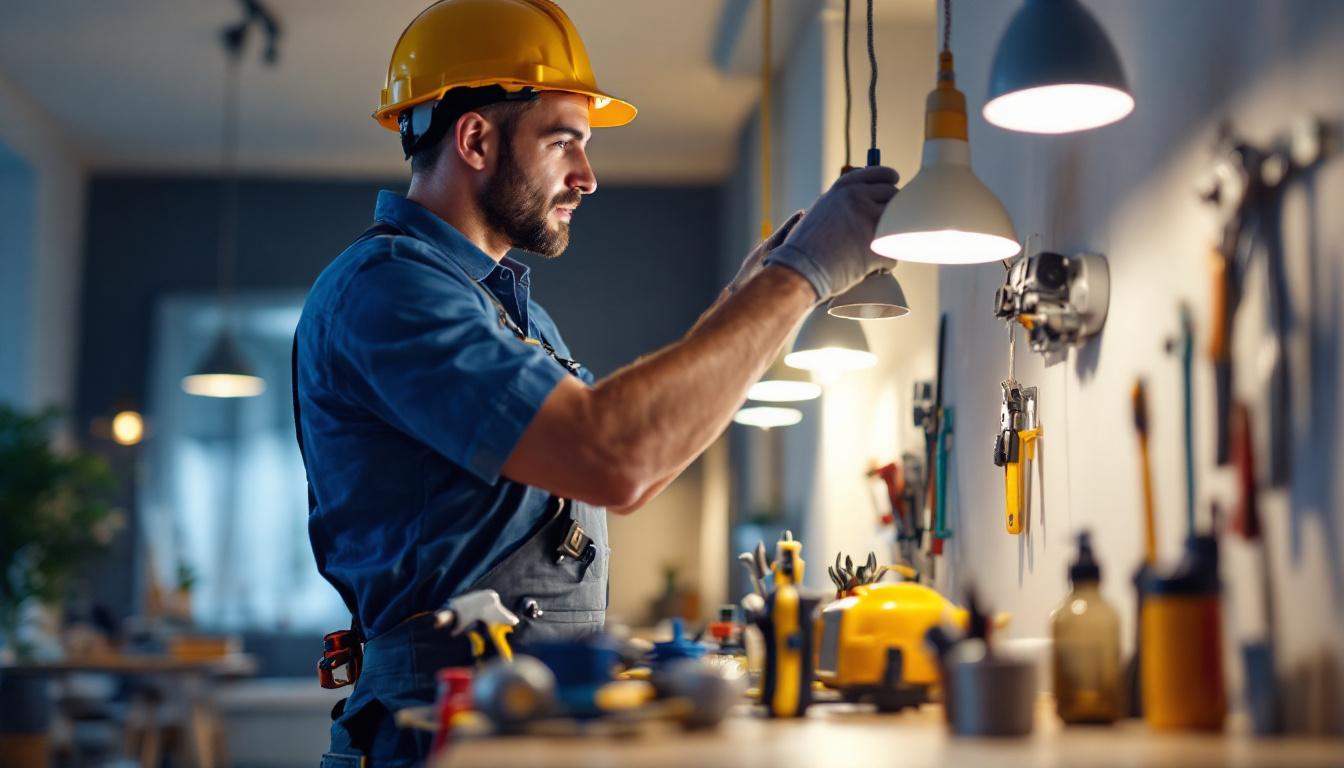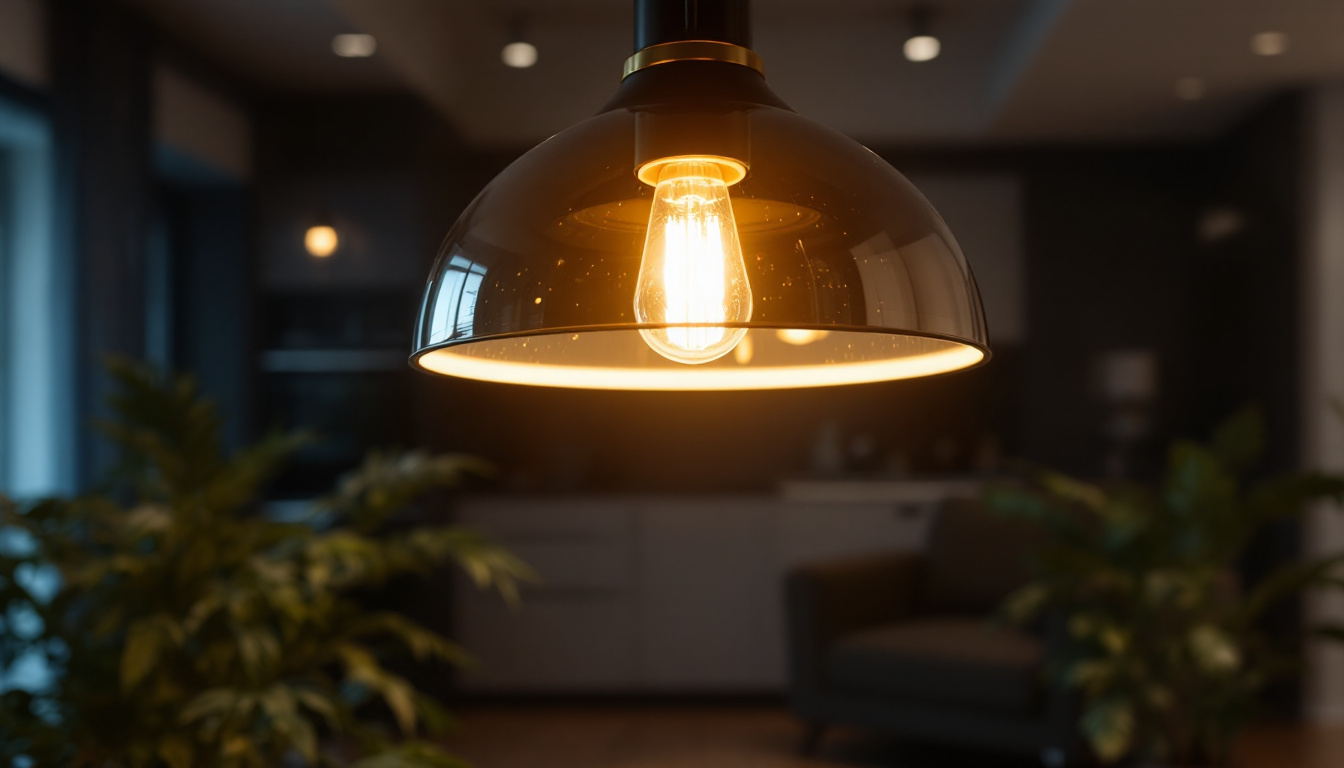
outdoor lighting plays a crucial role in enhancing the aesthetic appeal and functionality of residential and commercial spaces. It not only illuminates pathways and entryways but also highlights architectural features and landscaping. Properly designed outdoor lighting can create a welcoming atmosphere while ensuring safety and security.
However, the process of selecting and installing outdoor lighting fixtures, such as gold gooseneck sconces, can be fraught with challenges. Mistakes made during this phase can lead to unnecessary expenses and unsatisfactory results. Therefore, understanding the common pitfalls in lighting projects is essential for contractors looking to deliver quality work.
When embarking on outdoor lighting projects, contractors often encounter several common mistakes that can result in costly repercussions. Recognizing these pitfalls can help in creating a more efficient and successful lighting design.
One prevalent mistake is underestimating the importance of planning. Many contractors jump straight into installation without a comprehensive lighting plan. This can lead to inadequate illumination, poor fixture placement, and ultimately a disappointing outcome. A well-thought-out plan ensures that all areas are adequately lit while achieving the desired ambiance. Furthermore, taking the time to assess the unique characteristics of the space, including the surrounding landscape and architectural elements, can significantly enhance the overall design. Engaging with clients to understand their vision and preferences can also lead to a more tailored and satisfying result.
Another frequent error is selecting inappropriate fixtures for the specific outdoor environment. Gold gooseneck sconces, for instance, are stylish and functional but may not be suitable for every setting. Factors such as weather resistance, brightness, and design compatibility must be considered to ensure that the fixtures not only look good but also perform effectively over time.
Additionally, the scale of the fixtures relative to the space is vital. Oversized sconces in a small area can overwhelm the design, while undersized fixtures may fail to provide adequate illumination. Balancing aesthetics with functionality is key to achieving a successful lighting design. Moreover, the choice of light bulbs can also influence the effectiveness of the fixtures; LED bulbs, for example, offer energy efficiency and longevity, making them a popular choice for outdoor applications. By carefully selecting both the fixtures and the bulbs, contractors can create a harmonious lighting scheme that enhances the beauty and safety of the outdoor environment.
A well-structured lighting design is the backbone of any successful outdoor project. It involves understanding the space, the needs of the occupants, and the desired atmosphere. A thorough planning phase can significantly reduce the likelihood of mistakes and enhance the overall outcome of the project.
Before selecting fixtures, it’s essential to assess the outdoor space thoroughly. This includes evaluating the layout, existing features, and intended use of the area. For example, a patio designed for entertaining may require different lighting solutions than a pathway leading to the front door.
Consideration should also be given to the surrounding environment. Factors such as nearby trees, buildings, and other structures can impact how light is distributed and perceived. Understanding these elements will guide the selection of appropriate fixtures and their placement. Additionally, it’s important to take into account the seasonal changes in the landscape. For instance, deciduous trees may block light during the summer months but allow for more illumination in winter when they shed their leaves. This dynamic can influence the effectiveness of your lighting design throughout the year.
Each area of an outdoor space may have different lighting needs. Defining the purpose of the lighting can help in choosing the right fixtures and placement. For instance, task lighting is essential for areas where activities such as cooking or reading will take place, while ambient lighting can create a cozy atmosphere for relaxation.
Moreover, accent lighting can be used to highlight specific features, such as sculptures or architectural details. By clearly defining the purpose of the lighting, contractors can create a layered lighting scheme that enhances both functionality and aesthetics. It’s also worth considering the impact of color temperature on the ambiance; warmer tones can evoke a sense of comfort and intimacy, while cooler tones may lend a more modern and vibrant feel. Experimenting with different lighting temperatures can lead to a more personalized and inviting outdoor environment, ensuring that every gathering or quiet evening spent outside is perfectly illuminated.
The selection of lighting fixtures is one of the most critical aspects of any outdoor lighting project. The right fixtures not only contribute to the overall design but also ensure that the lighting is effective and long-lasting. Properly chosen fixtures can transform an outdoor space, creating an inviting atmosphere for gatherings or a serene environment for quiet evenings.
Outdoor lighting fixtures come in various types, each serving different functions. wall-mounted sconces, such as gold gooseneck sconces, are ideal for providing ambient light while adding a decorative touch. post lights can illuminate pathways and driveways, while floodlights are suitable for security purposes. Additionally, string lights can create a whimsical charm, perfect for patios or gardens, while lanterns can evoke a classic feel, enhancing the overall aesthetic of the space.
It’s important to understand the differences between these fixture types and how they can be combined to achieve a cohesive lighting design. Mixing different types of fixtures can create depth and interest in the outdoor space. For instance, using a combination of uplights to highlight trees and downlights to illuminate seating areas can create a layered lighting effect that enhances the beauty of the landscape. Furthermore, considering the scale and proportion of the fixtures in relation to the surrounding architecture and plants is essential for achieving a harmonious look.
In today’s environmentally conscious world, energy efficiency is a significant consideration in lighting projects. LED fixtures, for example, offer a longer lifespan and lower energy consumption compared to traditional incandescent bulbs. Choosing energy-efficient options can reduce long-term costs and appeal to eco-conscious clients. Moreover, many LED fixtures now come in a variety of color temperatures, allowing for customization of the ambiance—from warm tones that create a cozy atmosphere to cooler hues that lend a modern touch.
Additionally, incorporating smart lighting solutions can enhance energy efficiency. Features such as motion sensors and timers can ensure that lights are only on when needed, further reducing energy consumption and costs. Smart systems can also allow for remote control and scheduling, enabling homeowners to adjust their outdoor lighting from their smartphones. This level of control not only promotes energy savings but also enhances security, as lights can be programmed to mimic occupancy when the homeowners are away, deterring potential intruders.
Proper installation is crucial to the success of any outdoor lighting project. Even the most carefully selected fixtures can underperform if not installed correctly. Following best practices during installation can help avoid common mistakes and ensure that the lighting design functions as intended.
The placement of fixtures is vital for achieving the desired lighting effect. For gold gooseneck sconces, positioning them at the right height and angle can significantly impact the quality of light they emit. Generally, sconces should be installed at eye level to provide optimal illumination without causing glare.
Moreover, spacing between fixtures should be carefully considered. Too much distance can leave areas inadequately lit, while fixtures placed too close together can create harsh shadows. A balanced approach to placement will enhance the overall effectiveness of the lighting design.
Safety is paramount when it comes to outdoor lighting installation. Ensuring that all wiring is done according to local codes and regulations is essential to avoid hazards. Using weatherproof materials and fixtures designed for outdoor use will help prevent electrical issues and prolong the lifespan of the lighting system.
Additionally, it’s crucial to test all fixtures before finalizing the installation. This allows for adjustments to be made if certain areas are not adequately lit or if fixtures are not functioning as expected. Taking the time to ensure everything is in working order can save time and resources in the long run.
Once the outdoor lighting project is complete, ongoing maintenance is essential to ensure that the fixtures continue to perform effectively. Regular upkeep can prevent costly repairs and extend the life of the lighting system.
Conducting regular inspections of outdoor lighting fixtures can help identify issues before they become significant problems. Look for signs of wear and tear, such as rust, corrosion, or damaged wiring. Addressing these issues promptly can prevent further damage and ensure the longevity of the fixtures.
Additionally, cleaning fixtures regularly will help maintain their appearance and functionality. Dust, dirt, and debris can accumulate on fixtures, diminishing their light output and aesthetic appeal. A simple cleaning routine can keep outdoor lighting looking its best.
As technology continues to evolve, upgrading outdoor lighting systems can enhance both performance and efficiency. Consider replacing older fixtures with newer, more energy-efficient models or integrating smart technology for improved control and convenience.
Staying informed about the latest advancements in outdoor lighting can provide clients with the best options available, ensuring that their lighting systems remain effective and modern.
Outdoor lighting projects, including the installation of gold gooseneck sconces, offer significant opportunities for enhancing spaces. However, avoiding common mistakes is crucial for achieving successful outcomes. By understanding the importance of planning, choosing the right fixtures, ensuring proper installation, and committing to ongoing maintenance, contractors can deliver exceptional results that meet client expectations.
Ultimately, a well-executed outdoor lighting design not only enhances the beauty of a property but also contributes to safety and functionality. By following best practices and staying informed about the latest trends and technologies, lighting contractors can position themselves for success in their projects.
Ready to elevate your outdoor lighting projects with the finest gold gooseneck sconces and other premium fixtures? Look no further than LumenWholesale, where we provide contractors with spec-grade lighting products at the best wholesale prices. Our commitment to quality and affordability ensures that you can bring your lighting designs to life without compromising on performance or cost. With free shipping on bulk orders, LumenWholesale is your go-to source for lighting that combines quality, affordability, and convenience. Don’t let hidden fees dim your project’s potential. Discover wholesale lighting at the best value today and brighten up your outdoor spaces with confidence.

Discover the essential answers to lighting contractors’ most common questions about F32T8 ballasts.

Discover how incorporating LED bathroom lighting solutions can give contractors a competitive edge in winning more bids.

Discover how the right tools can revolutionize lighting installation projects for electricians.

Discover the significance of light modern pendants for lighting contractors.